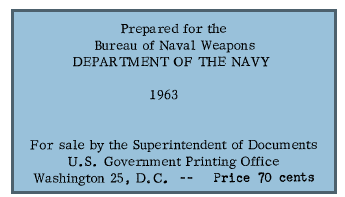koodsg
Aerospace
- Dec 13, 2011
- 11
Hello Guys,
I am looking for the help on choosing the shim material for the Aluminium (mainly 7000 and 2000 series).
Looked back on the previous programs 2000 aluminium sheets are used with the T3 heat treated.
Thinking over using GFRP shim on this assemblies probably strength and the Galvanic corrosion will not be there.
If any one give some suggestion of this topic, thanks.
I am looking for the help on choosing the shim material for the Aluminium (mainly 7000 and 2000 series).
Looked back on the previous programs 2000 aluminium sheets are used with the T3 heat treated.
Thinking over using GFRP shim on this assemblies probably strength and the Galvanic corrosion will not be there.
If any one give some suggestion of this topic, thanks.

